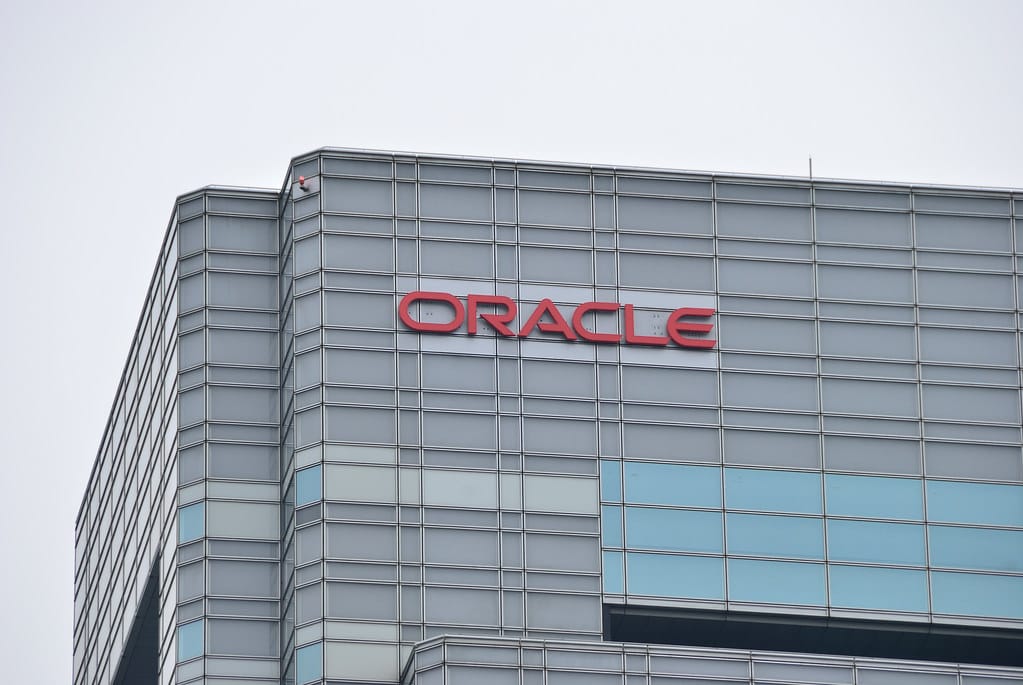Oracle Java Audits Hit 75% of Users: A New Era of Software Compliance Enforcement
Nearly three-quarters of Oracle Java users have faced audits in the past three years, signaling an unprecedented wave of software compliance enforcement that's reshaping how enterprises approach licensing and vendor relationships. This alarming trend reveals a fundamental shift in Oracle's business strategy and raises critical questions about the future of enterprise software management.
The Audit Avalanche
The statistics paint a stark picture of Oracle's aggressive audit approach. With 75% of Java users reporting audits within a three-year window, the frequency has reached levels that many IT professionals describe as "weaponized compliance." This represents a dramatic increase from historical audit rates, where software audits were relatively rare occurrences that most organizations might encounter once every five to ten years.
The implications extend far beyond mere inconvenience. These audits typically involve extensive documentation requests, detailed usage reviews, and often result in significant unexpected costs for organizations that believed they were in compliance. The process can consume hundreds of hours of IT staff time and frequently leads to substantial settlement payments.
Why Oracle is Ramping Up Enforcement
Oracle's audit strategy appears driven by several key factors. First, the company has invested heavily in sophisticated license monitoring tools and dedicated audit teams, creating infrastructure that needs to justify its existence through active enforcement. Second, with traditional license growth slowing in mature markets, audits represent a lucrative revenue stream through compliance gap discoveries and forced upgrades.
The complexity of Oracle's licensing model compounds the problem. Java licensing terms have evolved significantly, particularly with the introduction of Java SE subscriptions and changes in commercial use definitions. Many organizations struggle to maintain compliance across diverse deployment scenarios, from development environments to production systems, creating fertile ground for audit findings.
The Hidden Costs of Compliance
Beyond immediate financial penalties, Oracle audits impose substantial hidden costs on organizations. IT teams must divert resources from strategic initiatives to audit response activities. Legal and procurement departments become heavily involved, often requiring external counsel familiar with Oracle's licensing intricacies.
The psychological impact shouldn't be underestimated either. Many IT leaders report that the constant threat of audits has created a climate of anxiety around software deployment decisions. This "audit anxiety" can lead to over-licensing as organizations purchase more seats than needed to avoid potential compliance issues.
Strategic Responses and Alternatives
Organizations are adapting to this new reality through various strategies. Some are implementing more rigorous software asset management (SAM) programs, investing in tools that provide continuous license monitoring and compliance tracking. Others are negotiating unlimited licensing agreements to eliminate audit exposure, though these typically come with premium pricing.
Perhaps most significantly, many enterprises are exploring alternatives to Oracle Java altogether. OpenJDK distributions, supported by vendors like Red Hat, Amazon, and Azul Systems, offer viable paths away from Oracle's commercial licensing model. While migration requires careful planning and testing, the long-term benefits of avoiding audit exposure are driving increased adoption of these alternatives.
Industry-Wide Implications
The Oracle audit phenomenon reflects broader trends in enterprise software licensing. As traditional perpetual licensing models give way to subscription-based approaches, vendors are becoming more aggressive about enforcement. This shift is forcing organizations to fundamentally rethink their software procurement and management strategies.
The trend also highlights the importance of contract negotiation expertise. Organizations that lack sophisticated software licensing knowledge find themselves at a significant disadvantage during audits. This has created a growing market for specialized consulting services and legal expertise in software compliance.
Preparing for the Inevitable
Given the audit statistics, organizations using Oracle Java should assume an audit is likely rather than possible. Preparation involves maintaining comprehensive software inventories, understanding deployment models, and ensuring license compliance across all environments. Regular internal audits can help identify potential issues before Oracle discovers them.
Documentation is crucial. Organizations should maintain detailed records of software purchases, deployment decisions, and usage patterns. This preparation can significantly reduce audit duration and potentially minimize financial exposure.
The Path Forward
The 75% audit rate represents more than a compliance challenge—it's a strategic inflection point for enterprise software management. Organizations must balance the benefits of Oracle's technology against the costs and risks of its licensing model. While some will choose to pay the premium for Oracle's ecosystem, others will use this as an opportunity to modernize their technology stack with open-source alternatives.
The key takeaway is clear: in today's software landscape, compliance isn't just about following rules—it's about making informed strategic decisions that balance functionality, cost, and risk in an increasingly complex licensing environment.
